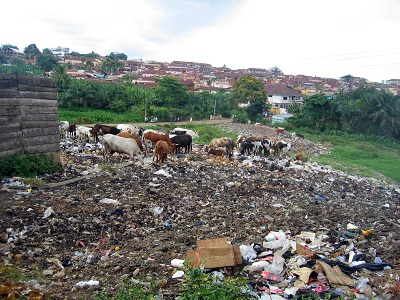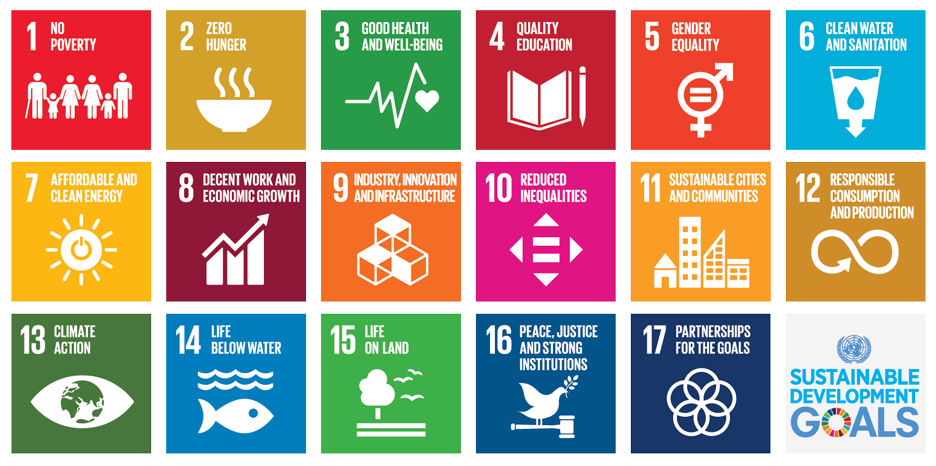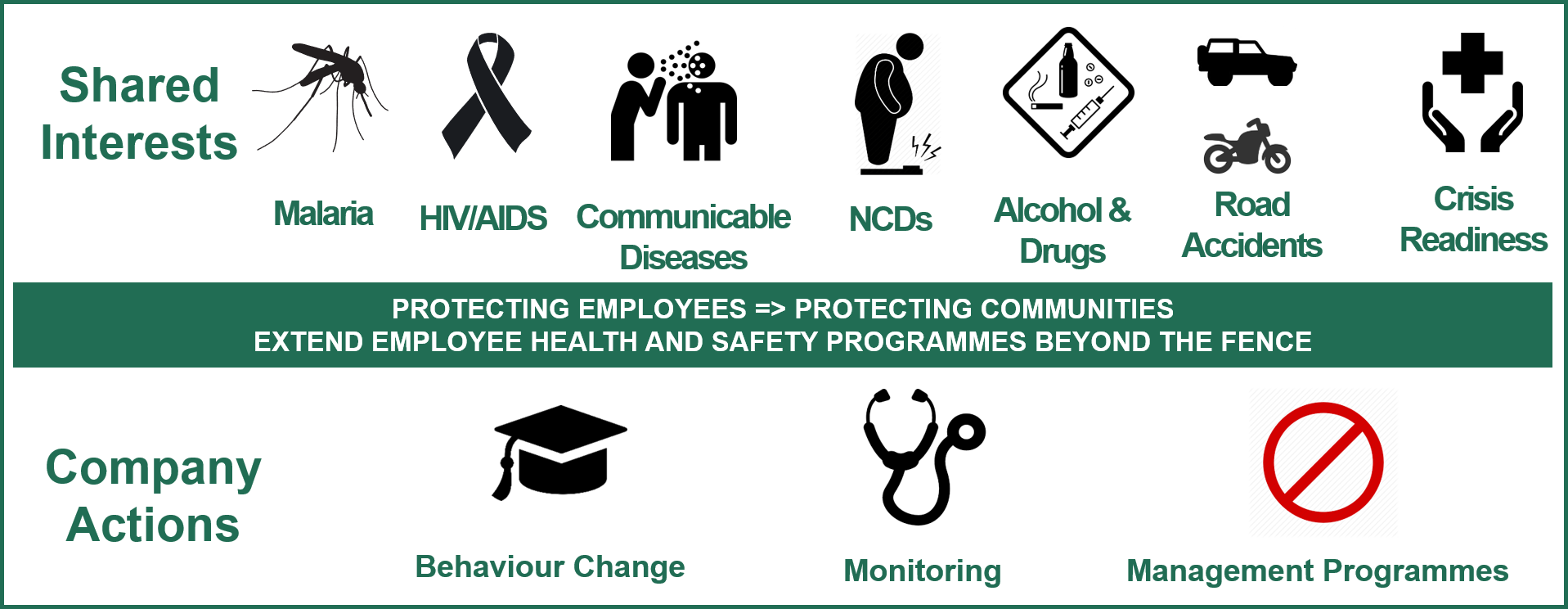Guide to Community Health
WHY COMMUNITY HEALTH AND SAFETY MATTERS:
You and your company have a responsibility to avoid or minimize the risks and negative impacts to community health that may arise as a result of your business activities. Physical structures and activities relating to construction and operations will, more often than not, change community exposures to environment-based health risks such as communicable diseases, equipment accidents, and exposure to hazardous materials or conditions. Adding to this, communities often lack an understanding of the controls you have already or plan or put in place. This can lead to concerns which if not addressed can damage the relationship you have with local communities and with government agencies which can in turn lead to disruption, delays and dollars.
| WHAT TO DO: |
HOW TO DO IT: |
| Minimize the add-on to the existing burden on the population |
- Identify and evaluate the project related risks and impacts to the health and safety of the local community;
- Use the design phase to avoid causing negative health and safety impacts on the community wherever practical and establish mitigation measures that are appropriate for their nature and scale where it is not possible to avoid them;
- Modify, substitute, or eliminate the use of hazardous materials wherever possible;
- If you don’t have the expertise in-house, use specialized support or an independent review process to identify gaps or other issues the project team might overlook;
- If the construction execution plan or operations staffing plan include use of third-country national workers the careful pre-employment screening for communicable diseases needs to be mandatory.
|
|
Dispel the myths
|
- It's never too early to start. For as long as there is an information vacuum, misinformation and myth will rule;
- Share information about potential impacts and your plans for managing the associated risks with local and national health agencies. If they understand the situation, they are less likely to be a critic, more likely to be neutral or possibly a valuable advocate;
- Within the local community the company can play an active role to prevent the transmission of communicable diseases through communication and educational programs designed to raise awareness;
- A workforce health promotion and education effort can significantly impact behaviors and practices in local communities by turning the workforce into “peer educators” to local communities.
|
|
Build on what exists
|
- If you want to be successful in the long term, you will need to implement any mitigation measures through collaboration with existing local governments, NGOs, and relevant local agencies;
- If local government agencies do not have the capacity to respond effectively, you have a responsibility to play an active role in preparing for and responding to health impacts associated with the project.
|
WHAT ELSE YOU CAN DO:
Broaden your outlook: Since activities undertaken outside company fences account for a significant percentage of employee illness, many businesses find it useful and necessary to extend their education and awareness efforts beyond the workplace. This includes working with their suppliers and contractors as well as the local communities in their areas of operations. Particularly vulnerable groups, such as women and youth can be targeted through local schools, employees’ wives and local women’s organizations whereas high risk groups such as temporary construction workers, migrant laborers, truck drivers and sex workers may require specific messages and campaigns tailored to each audience.
Take three steps to reduce sexual exploitation of children:
- Implement a zero-tolerance code of conduct for all workers, with specific reference to child exploitation. Adherence to the code needs to be mandatory for all national and expatriate staff and any misconduct must result in immediate sanctions. Set up a taskforce to monitor the implementation of the policy. The policy needs to include specific reporting and whistle-blowing mechanisms.
- Establish awareness programs aimed at employees and sub-contractors. Require all new employees to go through the details of the Code of Conduct during their induction session. Distribute leaflets and posters widely distributed to employees and sub-contractors.
- Partner with communities. Child sexual exploitation is a complicated phenomenon that must be tackled through the involvement of a range of stakeholders across all levels. Work with existing local child protection networks and well-known organizations to promote wider awareness of and respect for children’s rights. Life-skills training for youth peer educators enables them to hold information sessions with adolescents on the ways to say NO.
Contribute to the SDGS: While this can seem daunting, the important thing to keep in mind is that it is not an all or nothing proposition. A useful first step is to take a little time to work out where there is overlap between company business drivers, the SDG targets and local development needs. Once you've worked out where these "sweet-spots" are you decide how much time, effort and resources you are prepared to commit.







